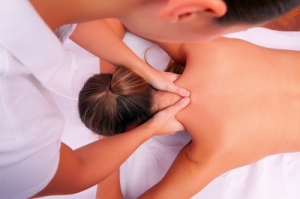Of the many forms of alternative medicine that are practiced around the world today, reiki is likely one of the most original and distinctive. Unlike many of the techniques associated with alternative medicine, reiki has a fairly short history, having first arisen in the early part of the twentieth century in Japan.
Another distinctive feature of the discipline is that, despite its relative youth, it consists of two very separate, distinguishable branches. The style of reiki still practiced to this day in Japan, on the one hand, relies heavily on the intuitions of practitioners. That which is found throughout most of the Western world, on the other, is based upon a systematized series of hand movements and techniques.
In either form, however, reiki revolves around the manipulation of unseen energy as a means of improving human health and welfare. Reiki and Massage Therapy in Chicago are often coupled together, too, with many believing that the two techniques are highly complementary.
At Molly Coeling Reiki and Therapeutic Massage in that city, for example, guests often enjoy sessions that include both reiki administration and a variety of massage approaches. While the reiki techniques are meant to soothe and cultivate the unseen energetic flows that many believe determine human wellbeing, massage work is used to help relax the muscles and reduce built-up stress.
As testimonials at mollycoeling make clear, the combined effect can be impressive. Many people who undergo such sessions report results that would not be expected of either technique alone, with some of these effects even enduring for long after the initial appointment. Molly Coeling reiki training and healing enthusiasts, in fact, often recommend that others who are familiar with only one or the other technique should therefore look into such combined sessions.
While reiki is not necessarily a part of the mainstream Western tradition, then, it clearly has a substantial enclave of fans outside of its native Japan. The Westernized version of the discipline lends itself well to the kind of training that many expert masseuses in Europe, the United States, and elsewhere are already familiar with, making it fairly easy to pick up.
That is, in many ways, a real improvement over the way that reiki was first introduced to the world. Even today, those in Japan who offer the treatment to others typically undergo many years of apprenticeship first, a requirement that many in the West would find prohibitive. The more structured Western version of reiki, then, often makes better sense given the expectations in that part of the world.
